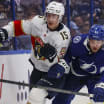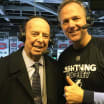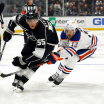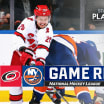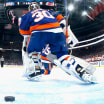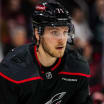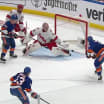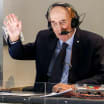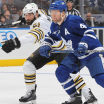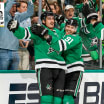Just like in previous international tournaments, Team Russia has the most dangerous top-line firepower.
But, as has been the case, it does not have one of the stronger defenses, nor very many two-way forwards.
That means Team Russia will be a threat to score multiple goals in quick succession, but it also will be just as vulnerable to a late collapse in the World Cup of Hockey 2016, which will be held at Air Canada Centre in Toronto from Sept. 17 to Oct. 1.
The five key metrics for Team Russia primarily highlight just how much scoring punch this team has, as well as the individual players who most likely will be the deciding factors.
Protecting leads key for Team Russia
Goals should come, but defense remains big question mark heading into World Cup
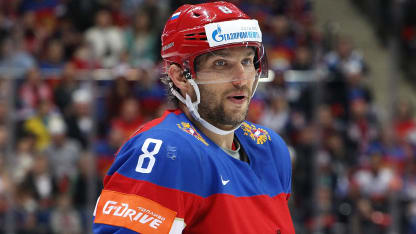
© Anna Sergeeva/Getty Images
